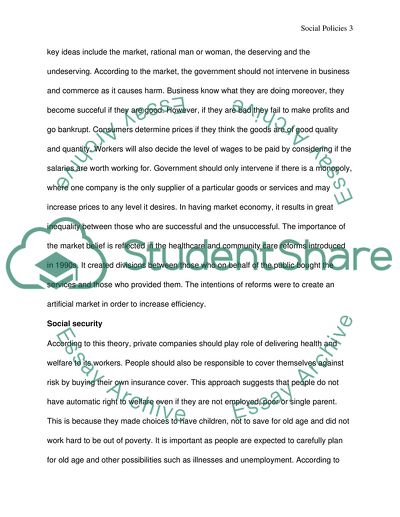Cite this document
(Welfare and Community Care Theories Coursework Example | Topics and Well Written Essays - 3250 words, n.d.)
Welfare and Community Care Theories Coursework Example | Topics and Well Written Essays - 3250 words. Retrieved from https://studentshare.org/social-science/1737425-welfare-and-community-care-assignment
Welfare and Community Care Theories Coursework Example | Topics and Well Written Essays - 3250 words. Retrieved from https://studentshare.org/social-science/1737425-welfare-and-community-care-assignment
(Welfare and Community Care Theories Coursework Example | Topics and Well Written Essays - 3250 Words)
Welfare and Community Care Theories Coursework Example | Topics and Well Written Essays - 3250 Words. https://studentshare.org/social-science/1737425-welfare-and-community-care-assignment.
Welfare and Community Care Theories Coursework Example | Topics and Well Written Essays - 3250 Words. https://studentshare.org/social-science/1737425-welfare-and-community-care-assignment.
“Welfare and Community Care Theories Coursework Example | Topics and Well Written Essays - 3250 Words”, n.d. https://studentshare.org/social-science/1737425-welfare-and-community-care-assignment.


